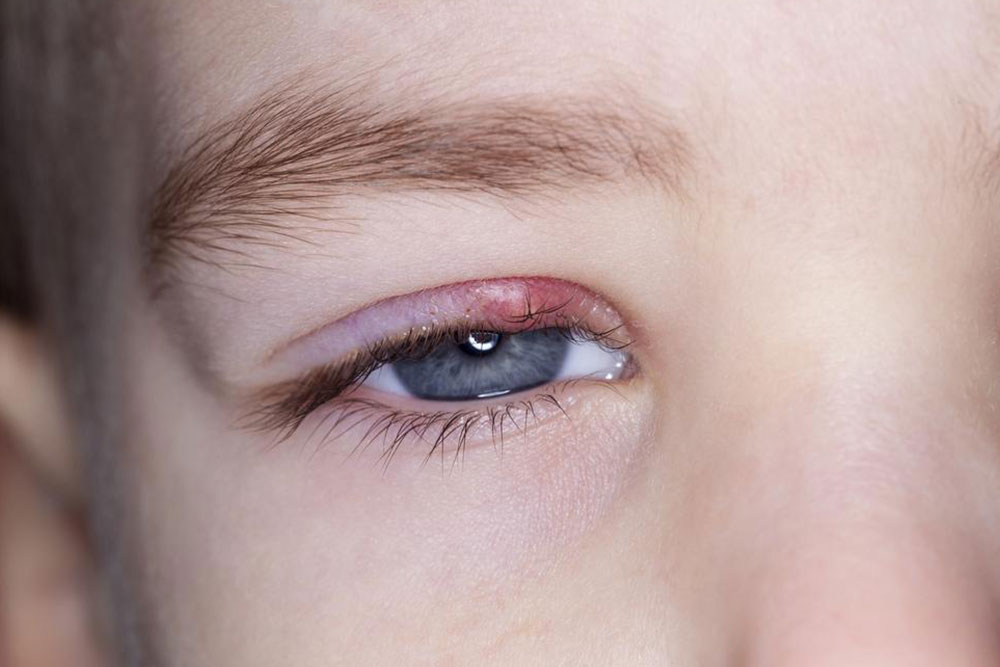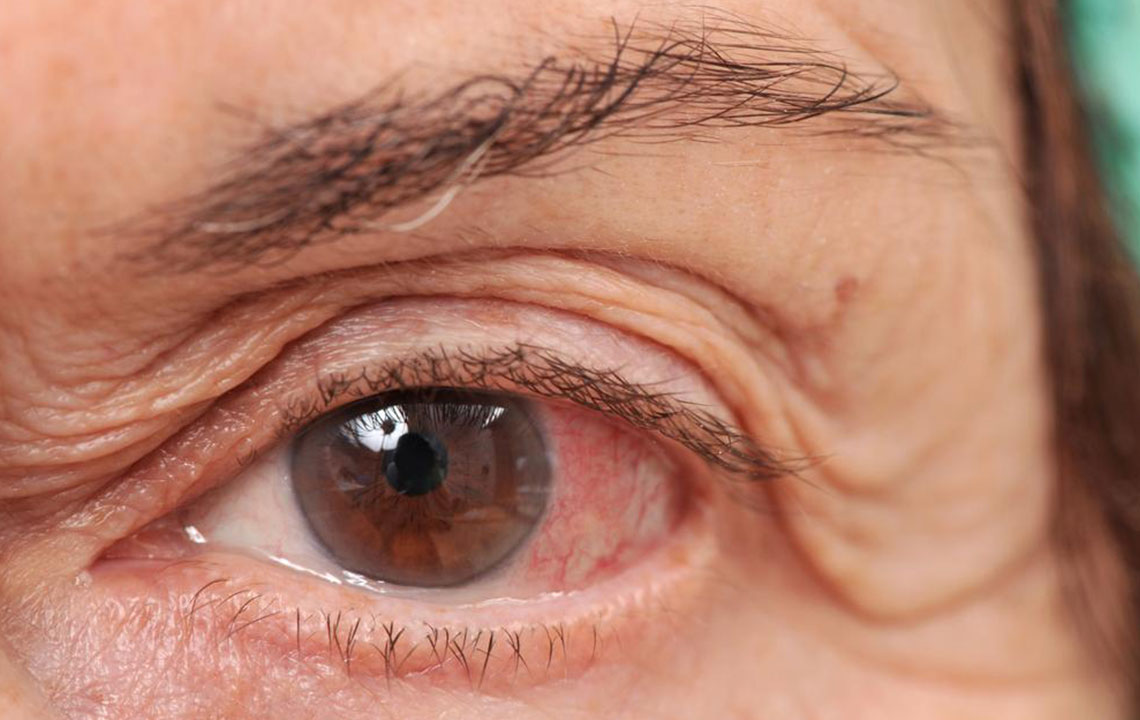Understanding the Main Causes of Blepharitis and How to Identify Them
This article explores the primary causes of blepharitis, a common eyelid inflammation. It highlights symptoms to watch for and the importance of consulting eye care professionals for diagnosis and treatment. Understanding triggers such as dry eyes, allergies, blocked oil glands, and rosacea can help manage and prevent this irritating condition effectively.

Blepharitis is an eye inflammation that affects the eyelids, leading to redness, irritation, and flaky scales resembling dandruff along the eyelashes. Those affected may notice burning sensations and swelling around the eyelids. Although it can affect individuals of any age and is not contagious or vision-threatening, it can cause discomfort, blurred vision, and misdirected eyelashes. In severe cases, touching the inflamed area can cause secondary infections. Proper diagnosis and treatment are crucial for relief.
Various factors contribute to blepharitis, though no single cause is definitive. It is classified as ulcerative or non-ulcerative based on symptoms. Common triggers include:
Dry Eyes - Low eye moisture levels encourage bacterial growth, leading to eyelid inflammation.
Environmental Allergies - Allergic reactions to airborne irritants can cause redness and swelling, increasing blepharitis risk.
Blocked Oil Glands - Malfunction or blockage of eyelid oil-producing glands impairs eye moisture and can lead to infection.
Rosacea - A skin condition marked by facial redness that may be connected to eyelid inflammation, though research is ongoing.
If symptoms appear, consult an eye care specialist for accurate diagnosis and treatment. During flare-ups, avoid wearing makeup and contact lenses to facilitate recovery and prevent secondary infections.
Note: Our website offers general information across various topics. For precise diagnosis and personalized treatment, please consult a healthcare professional. We are not responsible for inaccuracies or external offers outside our coverage.


